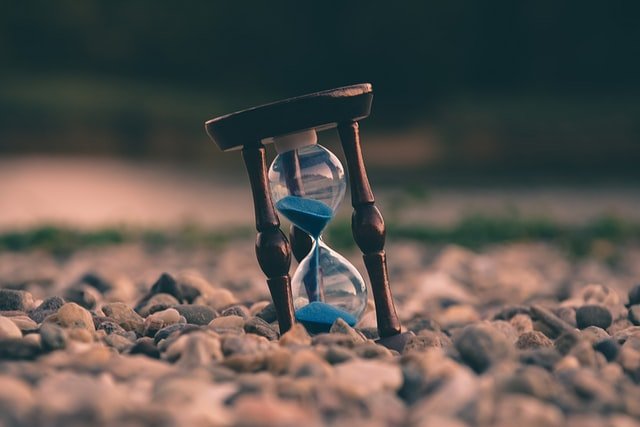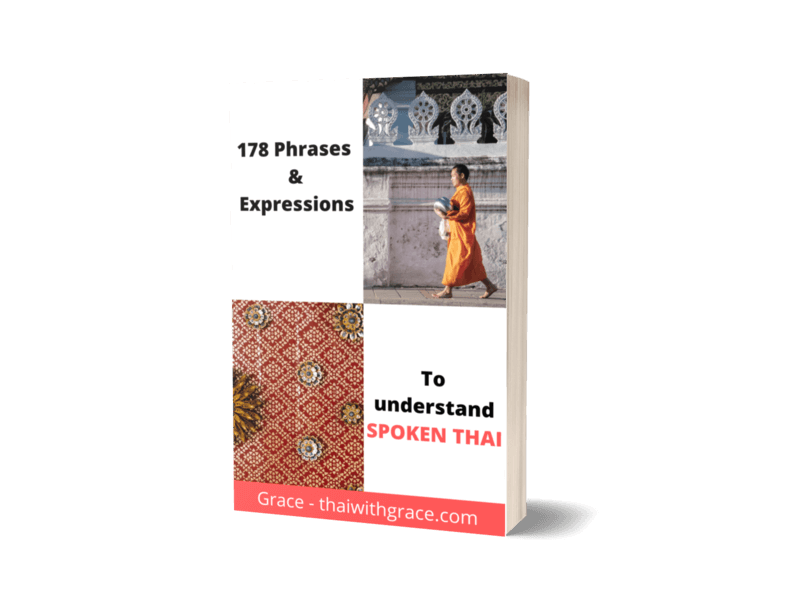A common mistake I see a lot of Thai learners make is not knowing the difference between ยาว and นาน (yaao and naan) and when to use each. ยาว and นาน both mean long but each word is used in different contexts.
นาน naan
นาน (naan) means long when talking about time. You cannot say เวลายาว (way-laa yaao) when saying ‘long time’ you must say เวลานาน (way-laa naan).
Examples:
- I haven’t seen you in a long time.
ฉันไม่ได้เจอคุณมานานแล้ว
chăn mâi dâai jer kun maa naan láew - Did you wait long?
คุณรอนานไหม
kun ror naan măi - It is going to take a long time.
มันจะใช้เวลานาน
man jà chái way-laa naan - I feel like today is so long
รู้สึกวันนี้นานจัง
róo sèuk wan née naan jang - I haven’t been back to America for so long
ไม่ได้กลับอเมริกานานแล้ว
mâi dâai glàp à-may-rí-gaa naan láew

ยาว yaao
ยาว (yaao) is used when saying that something (other than time) is long.
Examples:
- Your clothes are long
เสื้อผ้าของคุณยาว
sêua pâa kŏng kun yaao - My arm is long
แขนของฉันยาว
kăen kŏng chăn yaao - He told a long story
เขาเล่าเรื่องยาว
kăo lâo rêuang yaao - the finger is not long
นิ้วไม่ยาว
níw mâi yaao
Summary
I hope you now know the difference between ยาว and นาน (yaao and naan) and when to use each. นาน means long when talking about time while ยาว means long when not talking about time.

